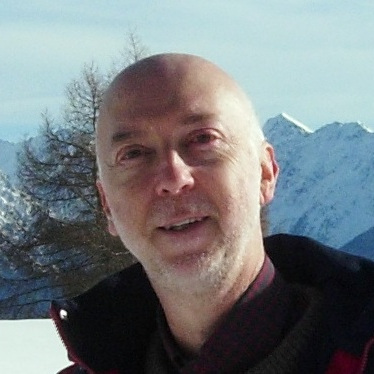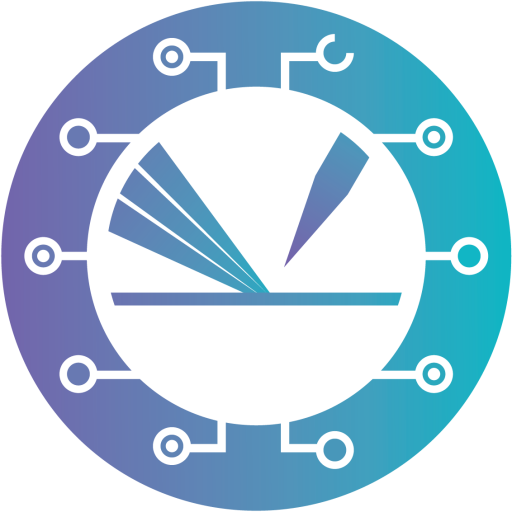Gianfranco Pacchioni
Department of Materials Science
University of Milano, Italy
Monday, 20th November 2023, 17:00 s.t.
The talk will be given in hybrid mode.
You can join at:
Seminarraum 9 (SR 9)
University of Vienna, Faculty of Physics
Kolingasse 14–16, 1090 Vienna
Or you can join the zoom meeting:
https://tuwien.zoom.us/j/92739417554?pwd=MlFkNjJxUjFkUUhPaUJmZ0ZnMjVOZz09
Meeting ID: 927 3941 7554 Passcode: X74b82XE

A Few Questions About Single Atom Catalysts: When Theory Helps
Bio of Gianfranco Pacchioni
Gianfranco Pacchioni received his Ph.D. at the Freie Universität Berlin in 1984. He is active in the field of heterogeneous catalysis and oxide materials. He worked at the IBM Almaden Research Center and at the TU Munich. He is Full Professor at the University of Milano Bicocca where he has been Vice Rector for Research (2013-2019) and Director of the Department of Materials Science (2003-2009). He is Editor-in-chief of the Journal of Physics: Condensed Matter published by the Institute of Physics (UK). Gianfranco Pacchioni is a Fellow of the Accademia Nazionale dei Lincei (2014), the Academia Europaea (2012), and the European Academy of Sciences (2009).
